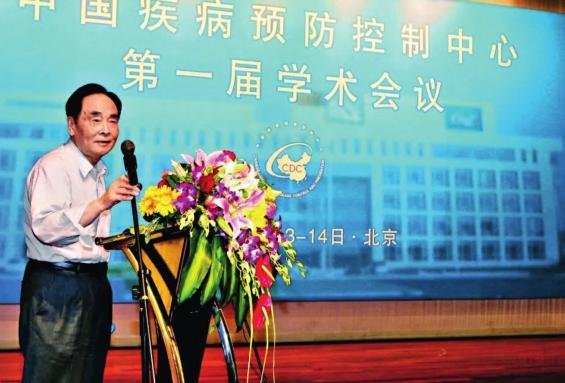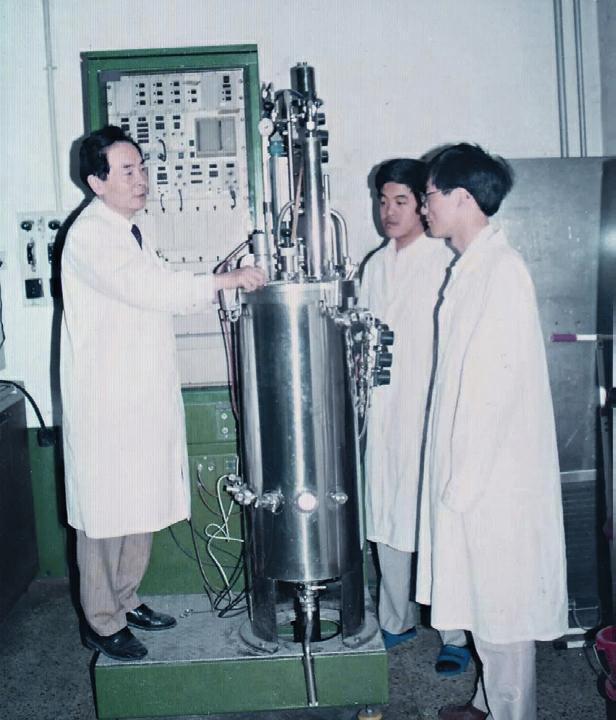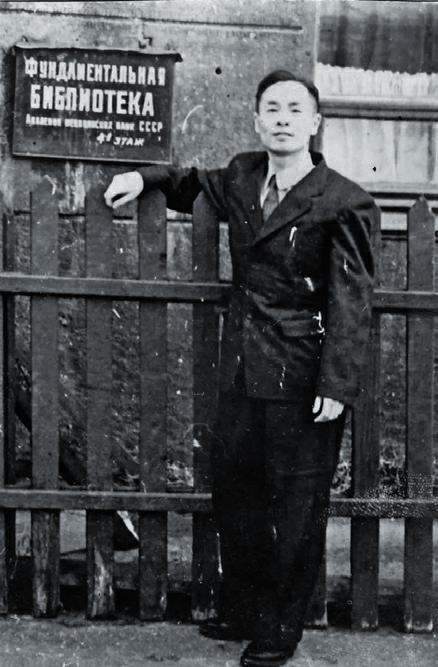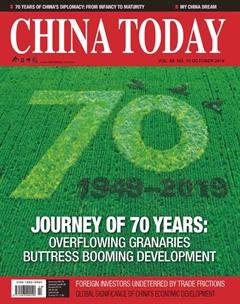Hou Yunde:A Staunch Warrior Fighting Infectious Diseases
By staff reporter DANG XIAOFEI

IN the early years of the Peoples Republic of China, Chinas medical virology research was still in its infancy. Some viral diseases, such as measles, poliomyelitis, and epidemic encephalitis B posed serious threats to peoples health and lives. In this regard, the Chinese government attached great importance to dealing with the situation and made great efforts to train professionals in virology research to tackle key scientific and technological problems for the diagnosis, prevention, and control of epidemic viruses.
Hou Yunde is one of them. For more than 60 years in his life, he has been fighting various kinds of vicious viruses, and he is considered the founder of molecular virology and genetic engineering in China.
Resolve to Learn Medicine and Conquer Sendai Virus
Hou Yunde was born in Changzhou, Jiangsu Province in 1929. At a young age, he had the ambition to study medicine and become a talented doctor as he watched his elder brother die of an infectious disease but was helpless to prevent the tragedy. In 1948, with excellent test scores, he was admitted to the School of Medicine in Tongji University.
In 1958, Hou was sent by the government to study at the Ivanovsky Institute of Virology, Academy of Medical Sciences of the former Soviet Union for an associate doctorate degree in parainfluenza virus research. At that time, virology was an international frontier subject, and Chinas research in this area was very weak. During the three and a half years of studying abroad, Hou devoted himself to research. The office hours at the institute ended at 4:30 p.m., but he continued to study in the laboratory and library until midnight, becoming the last person to get off work in the institute. The guard there was moved by his diligence and gave him a key to the lab, making a rare exception for him.
One day, the institute was thrown into disarray as all the mice there died at once. The symptoms looked strange and the virus was unknown, which made the Soviet experts feel at a loss. Hou attempted to figure out what had happened. After investigation, he noticed that the characteristics of infection and death of the mice coincided with the Sendai virus, a rare pathogen. He used a sample from a mouse, and repeated experiments until he eventually isolated the virus in the laboratory. “How could a new student from China have such ability!” was the reaction as Hous discovery amazed the whole institute.

He also successfully developed the recombinant interferon a1b, Chinas class I drug product. It is clinically proven to have obvious curative effects on hepatitis B, hepatitis C, and hairy cell leukemia, and its side effects are much less intense than those of similar products abroad. This is the first drug produced by genetic engineering in China, filling the gap in this regard.
Over the following 10 years, Hou led his team to develop eight kinds of gene drugs using gene technology, and all of them have been commercialized. Now more than 90 percent of interferon drugs in China are produced domestically; tens of millions of doses of a1b interferon have been consumed nationwide for the treatment of millions of chronic hepatitis B patients and children with respiratory infectious diseases. Through export it also generates hundreds of millions of yuan for the country every year.
Establishment of Infectious Disease Prevention and Control System
In 2008, 79-year-old Hou was appointed by the State Council as the Technical Director of the National Science and Technology Project for the Prevention and Treatment of AIDS, Viral Hepatitis and Other Infectious Diseases. He led the top-level expert group in designing a general plan for reducing the morbidity and mortality of AIDS, tuberculosis, and viral hepatitis as well as for responding to major epidemic outbreaks from 2008 to 2020. He put forward the idea of an “integrated” prevention and control system for dealing with acute infectious diseases, which is to integrate various technologies to deal with emerging outbreaks, establish joint prevention and control mechanisms, and integrate all forces to deal with the epidemic.
The network enables rapid identification of more than 300 pathogens in five syndrome groups within 72 hours, and has a technical system ready for detection and identification of unknown pathogens, greatly improving Chinas capability to prevent and control new outbreaks of infectious diseases.
In March 2009, H1N1 flu broke out in Mexico and the U.S. Three months later, the WHO raised the alert level of H1N1 virus to phase 6, indicative of a global influenza pandemic. At that time, it was a new infec- tious disease, without diagnostic regents and vaccines.
Hou and his research team, within 72 hours after the acquisition of influenza virus strains, established a rapid and sensitive H1N1 virus detection method after screening over 1,000 times, and verifying cross-reactions with 17 different influenza virus subtypes. Moreover, just 87 days after the H1N1 outbreak, China successfully developed the H1N1 vaccine, becoming the first country in the world to approve the release of H1N1 vaccine on the market, several months ahead of Europe and the U.S.

